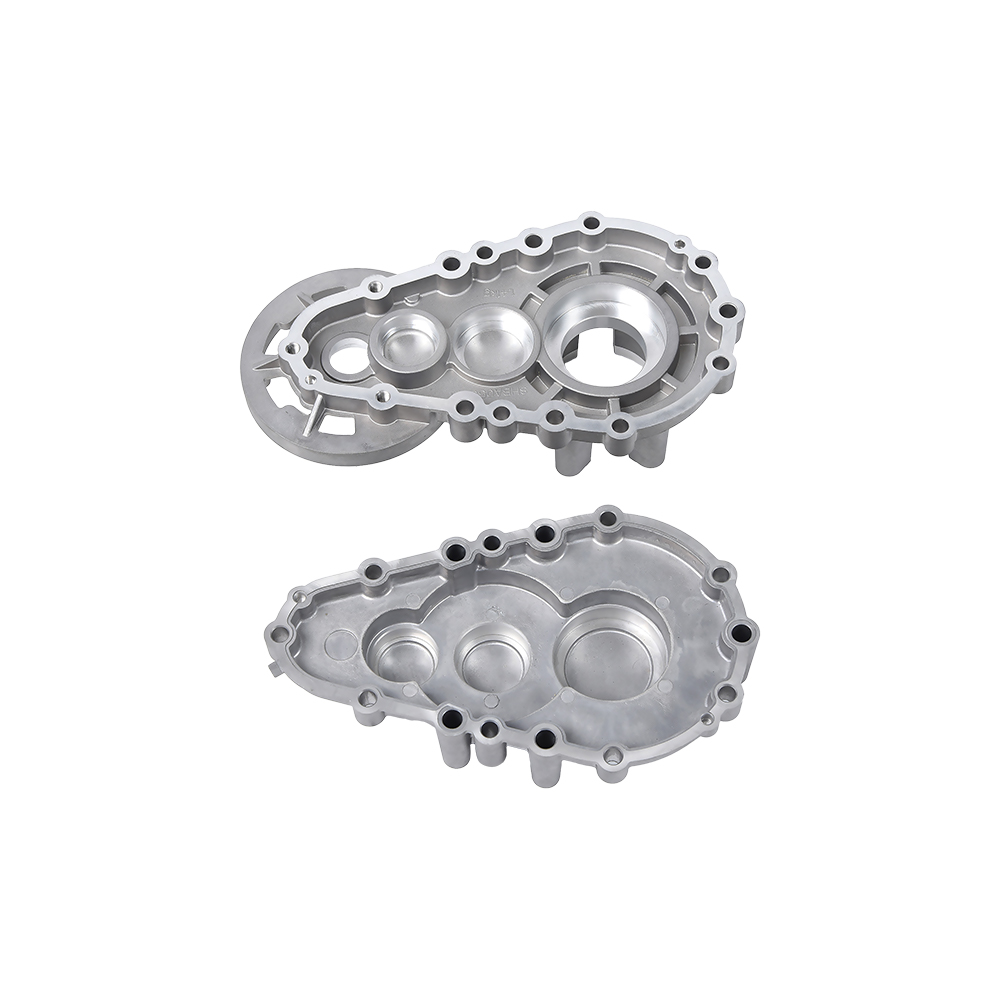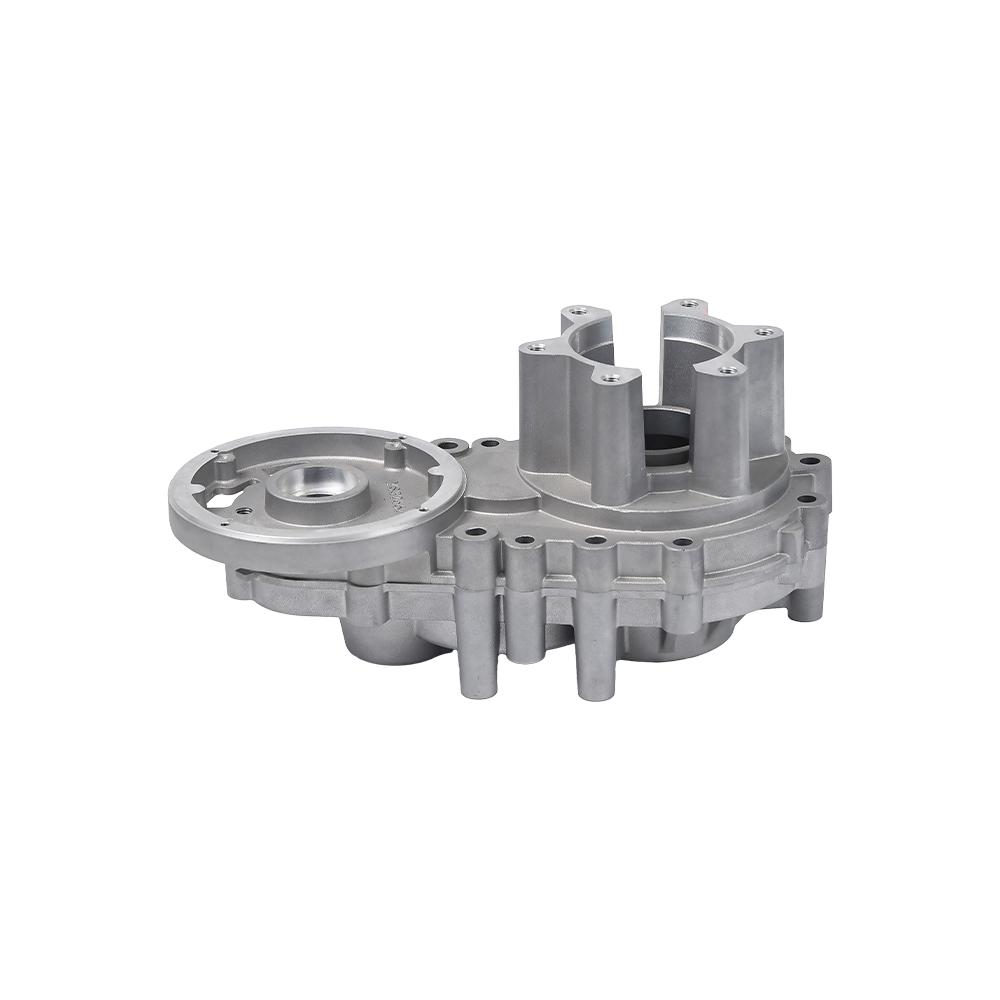Special cleaning agents are required for motorcycle crankcase cleaning, while regular cleaning agents or random cleaning may damage internal engine components. Here are specific instructions:
The necessity of specialized cleaning agents
Sediments such as oil sludge, carbon deposits, and metal debris inside the crankcase need to be dissolved in a targeted manner. Specialized cleaning agents contain special oil-based dispersing ingredients (such as active formulas that dissolve oil sludge), which can effectively remove stubborn dirt without damaging precision components such as seals and bearings. General cleaning agents may corrode aluminum alloy casings or residual chemicals, contaminating new engine oil.
Core role and protective effect
Deep cleaning: Dissolve gum and paint film deposits to avoid clogging oil passages or exacerbating part wear.
Extend lifespan: Remove acidic substances and metal debris, reduce abnormal wear of crankshafts and bearings, and lower the risk of abnormal noise.
Improve efficiency: restore oil fluidity, ensure lubrication effect, reduce operating noise and fuel consumption.
Standardize operational procedures
Special cleaning agents need to be used in conjunction with oil changes:
After warming up the car, inject cleaning agent and let it idle for 5-10 minutes (acceleration is strictly prohibited) to fully circulate the agent.
Immediately replace the engine oil and filter element thoroughly to avoid secondary sedimentation of suspended dirt.
Wet clutch motorcycles should use compatible products (such as cleaning agents labeled "suitable for wet clutch") to prevent slipping.
Precautions
Avoid substitutes: Strong solvents such as carburetor cleaning agents can damage the elasticity of oil seals and cause oil leakage.
Operation safety: A ventilated environment is required to avoid contact with the skin; Poor quality crankcase materials may have structural defects exposed during cleaning (such as insufficient reinforcement ribs), and require simultaneous maintenance.


 English
English русский
русский Español
Español









